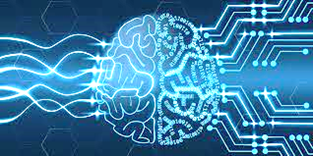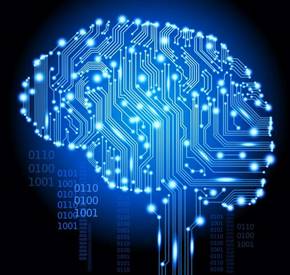Current Focus
- Support high-voltage power monitoring for smart grids
- Including power generation, transmission and distribution systems
- Combine IoT & AI front-end technology

Problems with Traditional Power Grids
- The demand for electricity is increasing
- Safety margin of line capacity cannot be accurately estimated
- High load causes the wire temperature to rise
- Continuous high temperature causes power lines to sag and deteriorate
- Relaxation and aging lines make the estimation of current-carrying capacity inaccurate
- Increased costs and manpower for inspection and maintenance
AI + IoT Dynamic Heat Capacity System
Capacity monitoring and improvement
Electricity Demand Continues to Increase
The capacity for densely populated and industrial areas continues to rise, and difficulties such as resistance, land acquisition, political factors, and construction costs have caused the construction of bottleneck lines to be delayed and problems unable to be resolved.
Increased Line capacity by 1.5 Times
The use of dynamic heat capacity monitoring equipment will increase the power transmission margin by 30-50%
Real Time Route Information to Avoid Blind Spots in Dispatching
The dynamic heat capacity monitoring equipment provides real line information, including line temperature and sag, to provide sufficient safety information of the transmission line, and the dispatchers can confidently adopt the dynamic heat capacity standard
AI and IoT
A perfect combination with the Smart Grid
Artificial Intelligence
The use of technology or engineering technology to enable machines to achieve human like behaviors such as logical operations, thinking, identification, and learning.




Internet of Things
It is to collect a large amount of real-time physical sensing data through a wireless network, analyze the data, and achieve the goal of event diagnosis and prediction.
The Importance of Smart Grid
Why are we pursuing smart grids?
Renewable Energy
Increase the value of power companies
Achieve renewable energy
Improve Efficiency
Eliminating power failure accurately
Allocating energy efficiently
Real Time Management
Mastering the status of grid in real-time
Solving power problems more quickly
Maximize ROI
Complete asset management
Reasonability of electricity price
